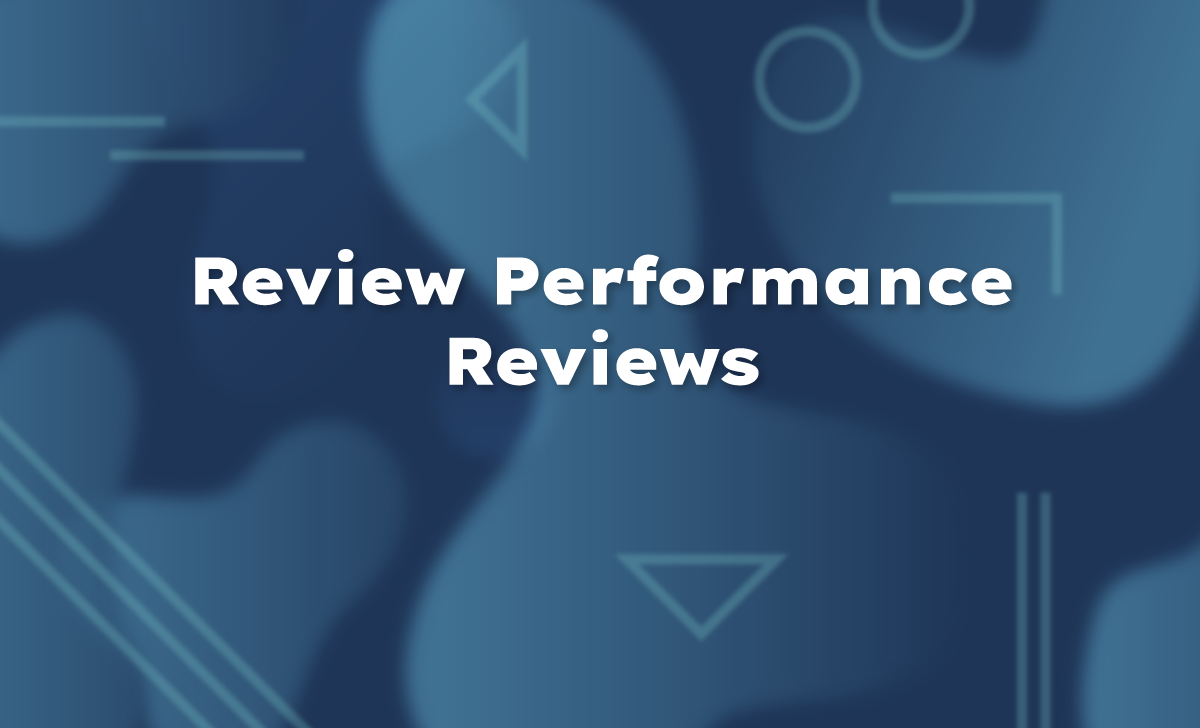Review Performance Reviews
Everyone's favorite time of year: performance review season! Roles in a startup change quickly, so the performance review process must adapt as team structure, company focus, and overall process also change.

Everyone’s favorite time of year: performance review season!
Roles in a startup change quickly, so the performance review process must adapt as team structure, company focus, and overall process also change. The differences between the two startups I've been at are stark. Here's a look at the process for each.
Next Caller
The process lasts a month and involves a set of 360-degree reviews. We start in mid-November and go as follows:
- Week 1: Self Review
- Week 2: Peer Review (3-5 per employee) + Manager Review
- Week 3: Direct Report Reviews (if any)
- Week 4: 1:1 meetings with your manager to discuss performance and set next year’s goals
Our reviews focus on major contributions from the past year and on how well the employee exemplifies the company values, plus an overall rating of general performance ranging from "below expectations" to "exemplary." I set my team’s performance goals after discussing the upcoming year with the other team leaders. Departmental goals (usually between 4-5 clearly defined objectives) are then used as goalposts for outlining individual team member goals. I use the Week 4 1:1 to lay out individual team member goals, and together we define a measurement and feedback system to monitor throughout the upcoming year. Lastly, our Head of Operations keeps an archive of all reviews in a secure directory.
What works well: The broad peer review process requires individuals to focus on the whole team and not simply within their direct reporting line. Additionally, by focusing on our companies values as guideposts, we don't pigeonhole performance to the bars set in our job descriptions. Instead, we can incorporate instances when the employee went outside the scope of their prescribed duties, as there are intangible values different team members bring to the table outside of their roles.
Challenges: Our process is time-consuming, though not nearly as bad as the 210 hour average other managers supposedly spend on their process. Selecting peer reviewers for my direct reports was challenging, as I didn't want to overburden some individuals who work across group while also ensuring that everyone got a voice somewhere. However, peer reviews are great at surfacing working relationships that are otherwise less visible. Finally, there are the technical quirks and challenges that come with the SaaS platform we chose (sorry, PerformYard). I would stick to simpler technology in the future.
Kard
When I ran a review process at Kard, the team was 5 employees, so the process was much simpler. Because of our size and lack of organizational structure, a more direct review process worked well.
Kard’s formal review process took place just after the turn of the year. I wrote reviews of my direct reports, and in turn, was also reviewed by our CEO (my direct manager). After sharing the review with the individuals on my team and submitting to the CEO, I set aside hour-long meetings with each report to discuss the highs and lows of previous year and the areas for improvement. All in, the process took up only a few hours.
What works well: Because the company was smaller, peer relationships were in the open, and the straightforward annual review process saved the team time. Team member roles were moving targets, so the reviews were much more focused on the value added to the company as a whole and less about individual goals.
Challenges: Given Kard’s early stage and low structure, the review process was challenging because there were so much unknown about where we were headed.
Regardless of your team’s current process, it is worthwhile to revisit the process and think through your goals for the coming year. Review processes come in all shapes, and what works for one company may not work for another.
Here are a few takeaways from the review processes I've participated in, ranging from Fortune 50 companies to 5-person startups:
- Eliminate practices, such as rankings, that pit employees against each other and create a non-collaborative work environment.
- Remove numerical scoring as it creates a depersonalized evaluation of employees. It is just as easy to use word based scoring that provides a less depersonalized assessment of skill.
- Focus on the major wins and contributions throughout the year. Instead of highlighting losses, pinpoint future areas of improvement.
- Detach compensation discussions from the review process. This allows reviews to focus on what is really important -- job performance.
- Make the yardstick clear and available before reviews begin. This can take several flavors: in Next Caller’s case, we have a copy of our company maxims hanging right on our office walls and clear team objectives set every year. For Kard, the objectives were less defined, but each individual shared the same common goal of company success.
- Review your review process as your company grows. Change is inevitable. Don’t settle for “what we have always done” as the fallback process each year.
This process looks different from startup to startup, but the end goal should be the same: celebrate wins, patch up leaks, and make your team better in the coming year.